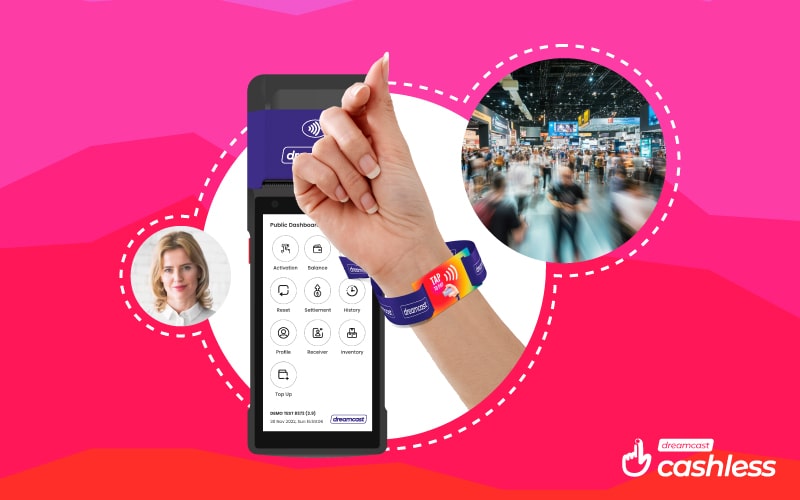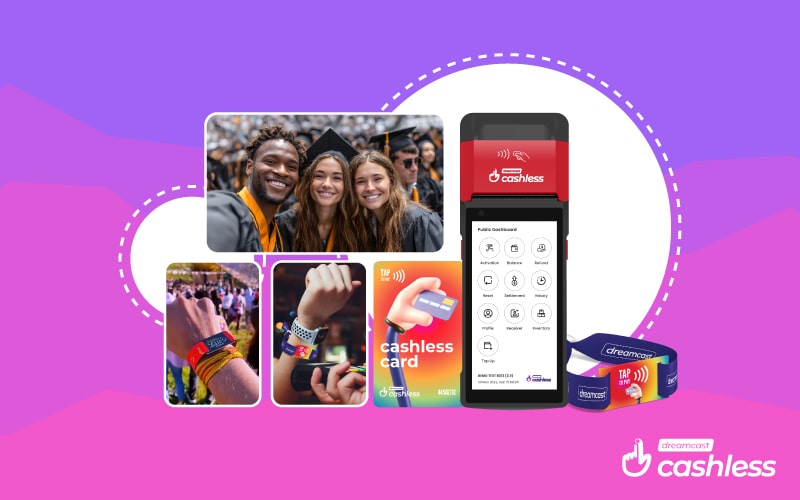Have you ever considered the evolution of financial transactions in a world dominated by digital innovation and where convenience reigns supreme? Consider a future in which money is no longer king and all transactions are carried out digitally. What is the method, and what are the advantages and disadvantage? Read this blog as we discover the world of cashless transactions and its many characteristics.
What Is A Cashless Transaction?

Cashless transactions are financial transactions that take place without the physical transfer of money in the form of banknotes or coins. Instead, computerized technologies make these transactions easier, altering how we manage our money. The transition to cashless payment transactions is a logical evolution in a culture that values speed and efficiency.
How Does a Cashless Transaction Work?
Initiation: The method begins when a payer initiates a transaction, indicating his or her desire to transmit funds for product or service electronically
Payment mechanism Selection: Depending on the alternatives available and personal desire, the payer chooses cashless payment, or mobile wallets.
Merchant Communication: If the transaction involves purchase, the selected payment method connect with the merchant’s point-of-sale (POS) system. This communication takes place over secure internet connection in online transactions.
Authentication: The identity of payers and authorization to complete the transaction are validated using variety of methods, such as personal identification numbers (PINs), passwords, biometrics, or two-factor authentication.
Transaction Authorization: After the transaction is authenticated, the information is sent to the payment processor or bank for authorization. Validating the presence of funds or credit in the payer’s account is part of this stage.
Payment Processor Involvement: In the case of credit/debit card transactions, payment processor facilitates communication between the merchant, the payer’s bank, and the card-issuing bank. The processor ensures that funds are sent safely and effectively.
Transfer of amount: After authorization, funds are transferred from the payer’s account to merchant account. Therefore, this procedure may involve many intermediaries, such as banks, payment processors, and card networks..
Transaction Record: A digital record of the transaction is generated, including details such as the amount, date, and participating parties. Also, this document serves as receipt, allowing both the payer and the merchant to keep track of their expenses.
Settlement: Final settlement comprises the actual transfer of funds between the accounts of the payer and the merchant. Settlement might take place in real-time or within a specific time window, depending on the payment mechanism and financial institutions involved.
Transaction Completion: The transaction is deemed complete when payer gets access to the purchased products or services and the merchant receives payment.
Various Cashless Transaction Modes

Debit And Credit Cards:
Debit and credit cards are physical cards provided by banks that are widely used in modern finance. The debit card deducts cash straight from the user’s bank account, whereas a credit card allows for purchases on credit and requires payment at a later date. Moreover, these cashless payment transactions provide a well-known and widely recognized method of completing cashless purchases at a variety of places.
Mobile Wallets:
Mobile wallets, exemplified by programs such as Apple Pay and Google Pay, have revolutionized smartphone payment. Users link their bank accounts or cards to these apps, allowing for frictionless transactions, which are frequently supported by the Near Field Communication (NFC) technology. So, mobile wallet eliminate the need for actual cards and provide a quick and safe means of making payments on the go.
Online Banking:
Online banking alters financial management by enabling customers to access their bank accounts via online platforms. This cashless payment transaction allows for financial transfers, bill payments, and overall account administration. The flexibility and accessibility of online banking contribute to its appeal, as it gives customers direct control over their funds.
Contactless Payments:
Contactless payments employ RFID or NFC technology to allow consumers to touch their cards or cell phones on compatible terminals.. This cashless payment method decreases transaction time and physical touch greatly, making it popular choice in retail contexts. Contactless payments speed up and simplify regular transactions.
QR Code Payments:
To begin transactions, consumers scan rapid response codes using their cell phones. This approach, favored for its simplicity, smoothly supports peer-to-peer and commercial transactions. QR code payments have gained popularity in a variety of businesses because they simplify the payment process through quick scanning.
Prepaid Cards:
Prepaid cards, whether real or virtual, are preloaded with a set amount of money to spend. With the cashless payment method, cards may be reloaded as needed, making them ideal for budgeting and specific-purpose spending. Prepaid cards are used in gift cards, travel cards, and other situations where restricted spending is desired.
Internet Payment Systems:
Internet payment systems, such as PayPal, Venmo, and Skrill, simplify online transactions and peer-to-peer transfers. Users connect their bank accounts or credit cards to these sites, which simplifies digital transactions. Internet payment systems help to connect financial transactions throughout world by providing users with a safe and efficient way to send payments.
Near Field Communication (NFC) Payments:
NFC payments allow two NFC-enabled devices to interact, which is often used for contactless card payment and smartphone transactions. These cashless payment transactions provide secure and quick transactions nearby, which contributes to the widespread use of contactless payment systems.
Advantages of Cashless Transactions:
Instantaneous Transactions:
Cashless transactions have benefit of quick processing, removing the need for time-consuming human counting and verification. Also, this speed improves overall transaction efficiency, which is especially useful in fast-paced workplaces.
Geographical Flexibility:
One of the most significant benefits of cashless transactions is its ability to cross geographical boundaries. Cashless payment methods enable frictionless transactions without the limits of actual currency. Therefore, whether making internet purchases from another continent or sending money to a buddy in another city, cashless system helps.
Enhanced Security:
Cashless transactions have additional security features that reduce the hazards associated with real cash. So, encryption, multi-factor authentication, and real-time fraud detection are all features that contribute to a more secure financial environment for both consumers and enterprises.
Expense Tracking and Financial Management:
One significant advantage of cashless transactions is the ease with which costs can be tracked. Digital records give individuals precise insights into their spending habits, allowing them to make more educated financial decisions. Thus, the cashless payment method promotes better money management and budgeting.
Financial Empowerment:
The introduction of cashless payment systems heralds a digital revolution in finance, giving citizens greater control over their money. Thus, people can manage their finances, make educated decisions, and engage more actively in the contemporary economy thanks to easily accessible and user-friendly digital tools.
Disadvantages of Cashless Transactions:
Cybersecurity Threats:
A big disadvantage is the possibility of increasing cybersecurity threats. The risks of illegal access, data breaches, and identity theft increase when transactions shift to digital platforms. Thus, to reduce these cybersecurity threats, it is critical to protect sensitive information.
Digital Exclusion:
Individuals without access to digital tools or those who are not tech-savvy are excluded from cashless transactions, which is significant disadvantage. Moreover, certain groups may be marginalized as a result of the digital divide, limiting their involvement in the financial system and day-to-day transactions.
Dependence on Technology:
Cashless transactions are essentially dependent on technology, and disruptions such as system outages or technical faults can limit payment capabilities. Also, the dependence is dangerous, especially when access to cashless choices is required for everyday essentials.
Conclusion
In conclusion, the digital revolution is transforming our financial habits as we traverse the terrain of cashless transactions. The trend toward cashless payment transactions is evident, given its multiple benefits. We must, however, proceed with caution, addressing the issues and ensuring that this transition is inclusive and beneficial to all.






